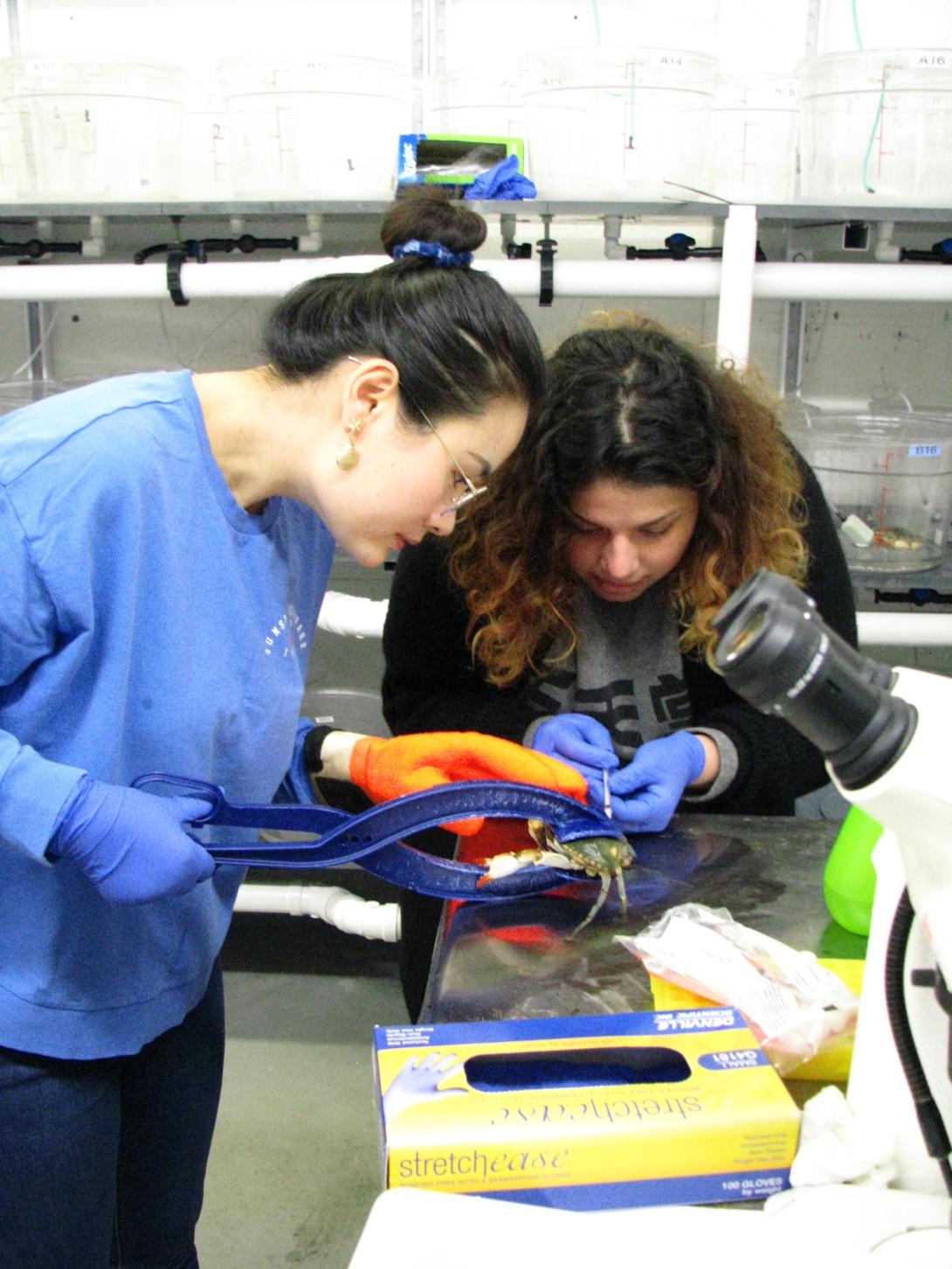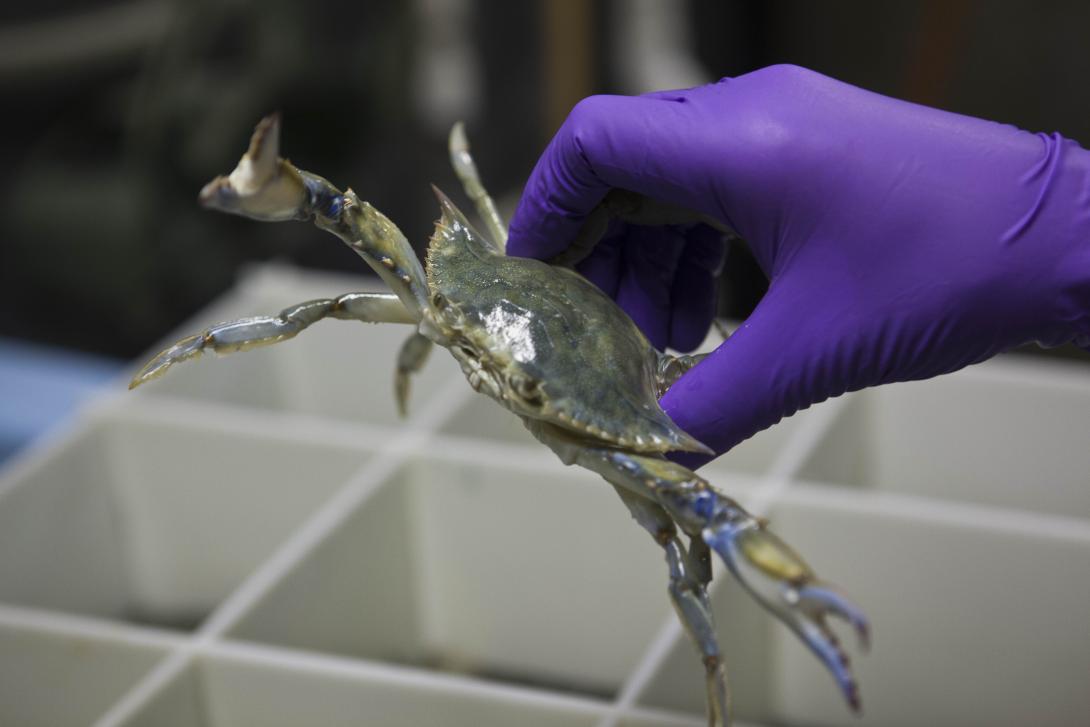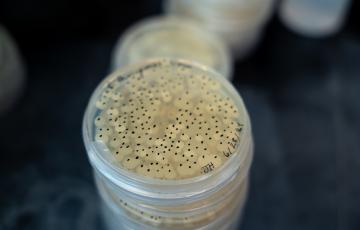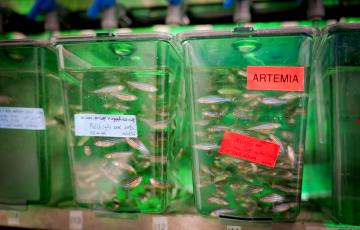Mingli Zhao: Identifying and preventing the spread of viruses in the blue crab

Mingli Zhao, a Ph.D. candidate in the lab of Dr. Eric Schott, was just awarded the Maryland Sea Grant Graduate Student Research Support Grant to support her research on viruses in blue crabs. With this support, she will be investigating the role that interstate transportation of crabs could play in the introduction of novel viruses in the Chesapeake. This research, and the outreach she will do to community stakeholders, will play a role in maintaining the health of blue crab fisheries.
Mingli first became interested in marine viruses as an undergraduate at the Ocean University of China. For one internship, she spent time on a research vessel, learning about science that is conducted at sea. For another internship, she spent two months living and working at an aquaculture facility, doing the same work as the workers there. “It’s very hard work,” she said, “and you really learn about the industry.”

When you learn about the aquaculture industry, it quickly becomes clear that disease is a major concern. To keep fish healthy in aquaculture, scientists need to know about how diseases spread and how different fish species will react. Mingli studied fish immunology for her Master’s degree at the Institute of Oceanology, Chinese Academy of Science. At IMET, she now researches the reovirus CsRV1, a common virus found in the blue crab, or Callinectes sapidus, causing high crab mortality.
Since starting her Ph.D. at IMET, Mingli has investigated how the CsRV1 virus circulates in different regions, asking questions like, “Under what conditions does the virus spread fastest? Where is it most virulent?” While Marylanders know the blue crab as a species of the Chesapeake Bay, it is also found in tropical climates, where its life history and virus interactions are different. She has compared crabs and viruses found in these different climates using genetic techniques.
While populations of blue crabs in the Chesapeake and in the Gulf of Mexico have traditionally not come into contact, trade of blue crabs across regions has changed this. Today, live crabs are being transported from southern states like Louisiana and Texas to Maryland. This increases the possibility that new viruses will be introduced to the Chesapeake, some of which could negatively impact the fishery.

With new funding from Maryland Sea Grant, Mingli aims to better understand the impact that trade and transport of blue crabs has on virus transmission and prevalence. She aims to characterize the virus communities found in Chesapeake and Gulf blue crabs and communicate to fishermen and crab dealers the steps they can take to prevent novel blue crab viruses in the Chesapeake Bay.
This research will help establish a baseline understanding of what viruses are present where and the extent to which interstate transport is changing the range of different viruses. Mingli will also ensure her research has broader impacts by presenting her findings to state and federal agencies, crabbers, fish dealers, and the public. She said, “The results of this study will draw the attention of policy makers and fishermen and encourage them to take action to maintain a sustainable fishery in the Chesapeake Bay.”


